The Hells Angels: An Examination Of Their Culture And Influence
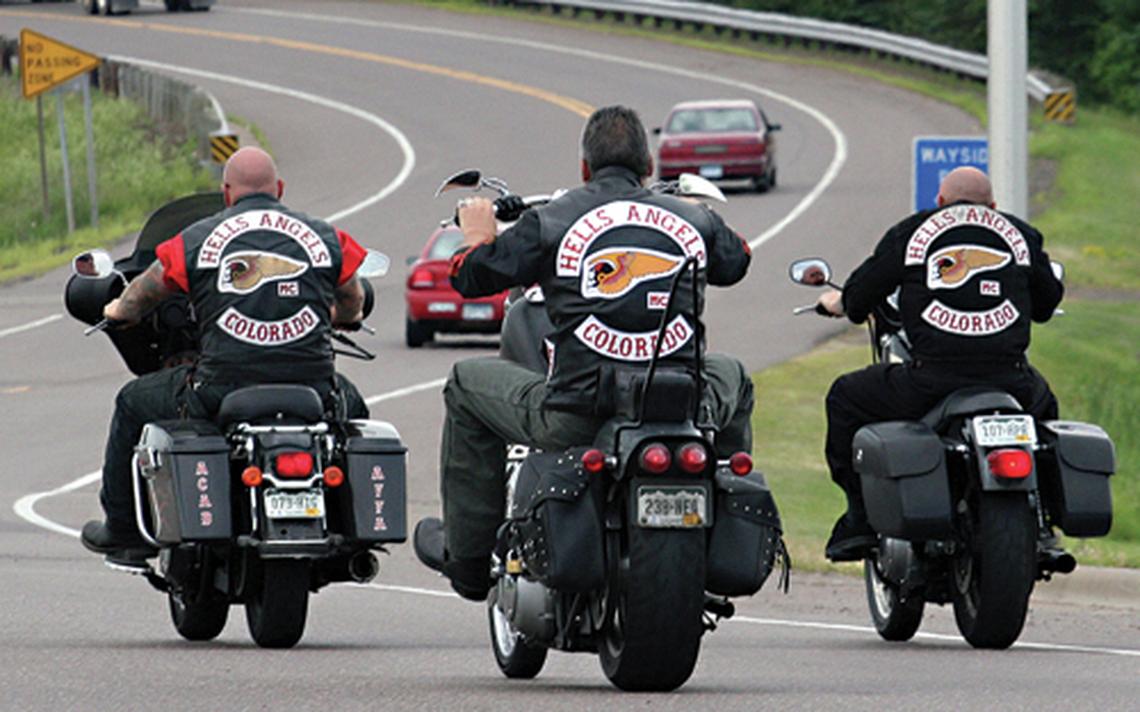
Table of Contents
A History of the Hells Angels: From Post-War Roots to Global Presence
The Hells Angels' story begins in post-World War II California. Founded in 1948 in Fontana, California, the club initially reflected the rebellious spirit of the era, attracting veterans and others disenfranchised by societal norms. Early members were drawn to the camaraderie, the freedom of the open road, and a sense of belonging often absent in post-war society. The early Hells Angels were heavily influenced by biker culture and counterculture movements, embracing a lifestyle that stood in stark contrast to mainstream America.
The club's expansion was gradual but relentless. From their California origins, the Hells Angels spread across the United States, eventually establishing chapters internationally. This growth was fueled by a combination of factors, including the allure of the biker lifestyle, strategic recruitment, and the club's increasingly notorious reputation. Their rise to notoriety was largely shaped by media portrayals, often sensationalized and exaggerated, solidifying their image as an outlaw motorcycle gang.
- Formation in 1948 in California.
- Early association with biker culture and counterculture movements.
- Rise to notoriety through media portrayals and criminal activities.
- International expansion and establishment of charters in numerous countries.
The Hells Angels' Organizational Structure: Hierarchy and Control
The Hells Angels operate under a rigid hierarchical structure, crucial for maintaining control and coordinating activities across numerous chapters. A clear chain of command ensures efficient communication and enforcement of club rules. At the top sits the President, followed by Vice Presidents, Sergeant-at-Arms (responsible for enforcing discipline), and other key figures. Each chapter functions relatively autonomously but ultimately answers to the national or international leadership.
Aspiring members, known as "prospects," undergo a rigorous initiation process. This involves proving their loyalty, trustworthiness, and willingness to abide by the club's strict rules. Once accepted, members receive their "patch," a symbol of their membership and unwavering commitment. This hierarchical structure, combined with internal rules and codes of conduct, fosters a strong sense of loyalty, brotherhood, and adherence to club rules, which is essential for maintaining control and order within the organization.
- Strict hierarchy with a clear chain of command.
- Regional chapters operating under a national or international leadership.
- Rigorous initiation process and strict membership requirements.
- Emphasis on loyalty, brotherhood, and adherence to club rules.
Criminal Activities and Law Enforcement Response: The Dark Side of the Hells Angels
The Hells Angels have a long and well-documented history of involvement in various criminal activities. Drug trafficking, particularly the manufacture and distribution of methamphetamine and cocaine, is a significant source of revenue. Violence, including assaults, murders, and armed confrontations with rival gangs and law enforcement, is frequently associated with the club. Extortion and intimidation tactics are employed to maintain control over their territories and business interests. Arms dealing also forms part of their criminal operations.
Law enforcement agencies worldwide have implemented numerous strategies to combat the Hells Angels' activities, including large-scale raids, undercover operations, and extensive investigations. While some operations have resulted in significant arrests and convictions, the Hells Angels' decentralized structure and unwavering loyalty make them a challenging target. The ongoing legal battles and investigations highlight the continuous effort required to curtail their criminal activities.
- Involvement in drug trafficking and distribution networks.
- History of violent conflicts with rival gangs and law enforcement.
- Use of intimidation and extortion to maintain control.
- Ongoing investigations and legal battles with authorities worldwide.
The Hells Angels in Popular Culture: Myths, Misconceptions, and Media Representation
The Hells Angels have been frequently portrayed in movies, books, and music, often shaping public perception. These portrayals, however, frequently romanticize the biker lifestyle, focusing on rebellion, freedom, and brotherhood, while overlooking or downplaying the criminal aspects. This media representation contributes both to fascination with and fear of the Hells Angels. The reality of the Hells Angels' activities and their impact on communities starkly contrasts with these idealized images, revealing a far more complex and often violent reality.
The club's influence extends beyond simple media portrayal; they have significantly impacted fashion, music, and various subcultures, further cementing their place in popular culture. Understanding the nuances of their portrayal is vital for a complete understanding of the Hells Angels’ impact and influence on society.
- Popular culture depictions often romanticize the biker lifestyle.
- Media portrayals can contribute to both fascination and fear.
- The reality of the Hells Angels often differs greatly from their public image.
- Influence on fashion, music, and subcultures.
Conclusion
The Hells Angels Motorcycle Club remains a powerful and controversial entity. Their complex history, hierarchical structure, and involvement in criminal activities have shaped their enduring legacy. Understanding their culture and influence requires a nuanced perspective, moving beyond sensationalized media portrayals to comprehend the intricate dynamics within the club and its lasting impact on society. To further your understanding of this fascinating and complex organization, continue your research into the Hells Angels and their multifaceted influence on the world. Further investigation into the Hells Angels' history, operations, and legal battles will provide a more complete picture of their role in society.

Featured Posts
-
 Zheng Qinwen Triumphs Over Sabalenka In Rome Gauff The Next Challenge
May 25, 2025
Zheng Qinwen Triumphs Over Sabalenka In Rome Gauff The Next Challenge
May 25, 2025 -
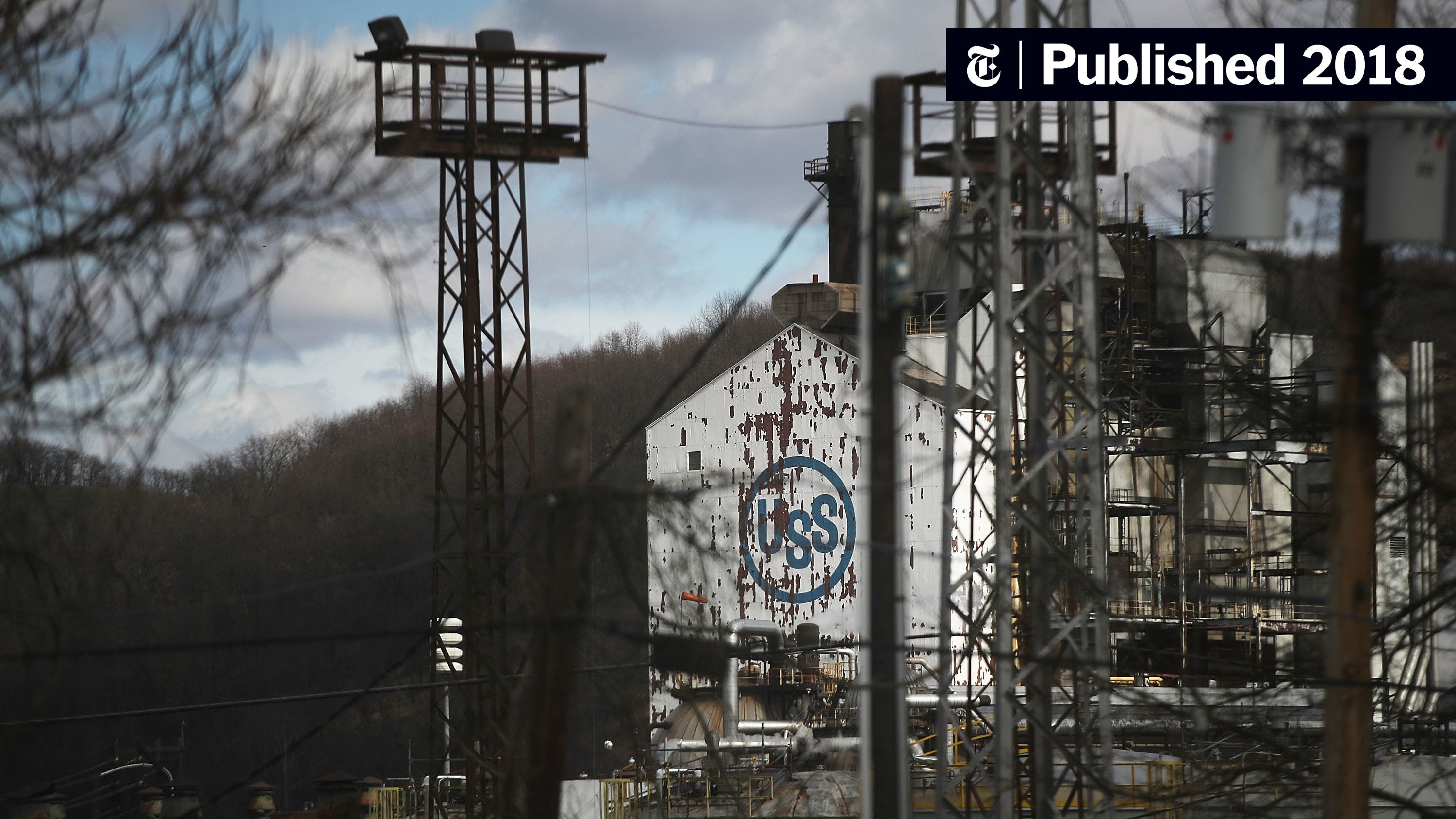 2 Drop In Amsterdam Stock Exchange Following Trumps Latest Tariffs
May 25, 2025
2 Drop In Amsterdam Stock Exchange Following Trumps Latest Tariffs
May 25, 2025 -
 Soerloth Tan La Liga Ya Doert Golle Baslangic
May 25, 2025
Soerloth Tan La Liga Ya Doert Golle Baslangic
May 25, 2025 -
 Frankfurt Stock Exchange Closes With Losses Dax At 23 9 Xx
May 25, 2025
Frankfurt Stock Exchange Closes With Losses Dax At 23 9 Xx
May 25, 2025 -
 Met Gala 2025 Naomi Campbells Absence Sparks Rumors Of A Major Rift With Anna Wintour
May 25, 2025
Met Gala 2025 Naomi Campbells Absence Sparks Rumors Of A Major Rift With Anna Wintour
May 25, 2025
Latest Posts
-
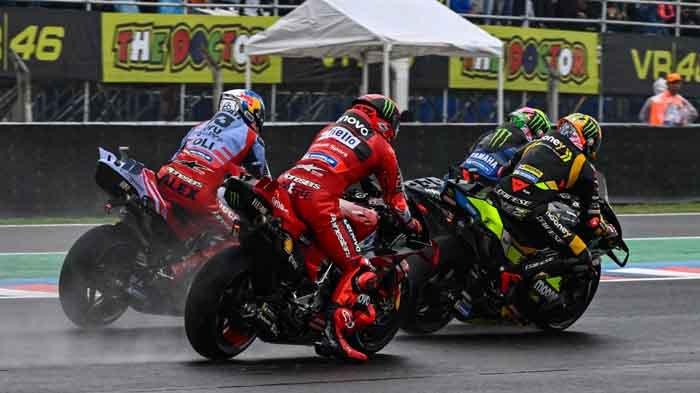 Jadwal Siaran Langsung Moto Gp Argentina 2025 Di Trans7 Panduan Lengkap
May 26, 2025
Jadwal Siaran Langsung Moto Gp Argentina 2025 Di Trans7 Panduan Lengkap
May 26, 2025 -
 Jadwal Dan Informasi Detail Moto Gp Inggris 2025
May 26, 2025
Jadwal Dan Informasi Detail Moto Gp Inggris 2025
May 26, 2025 -
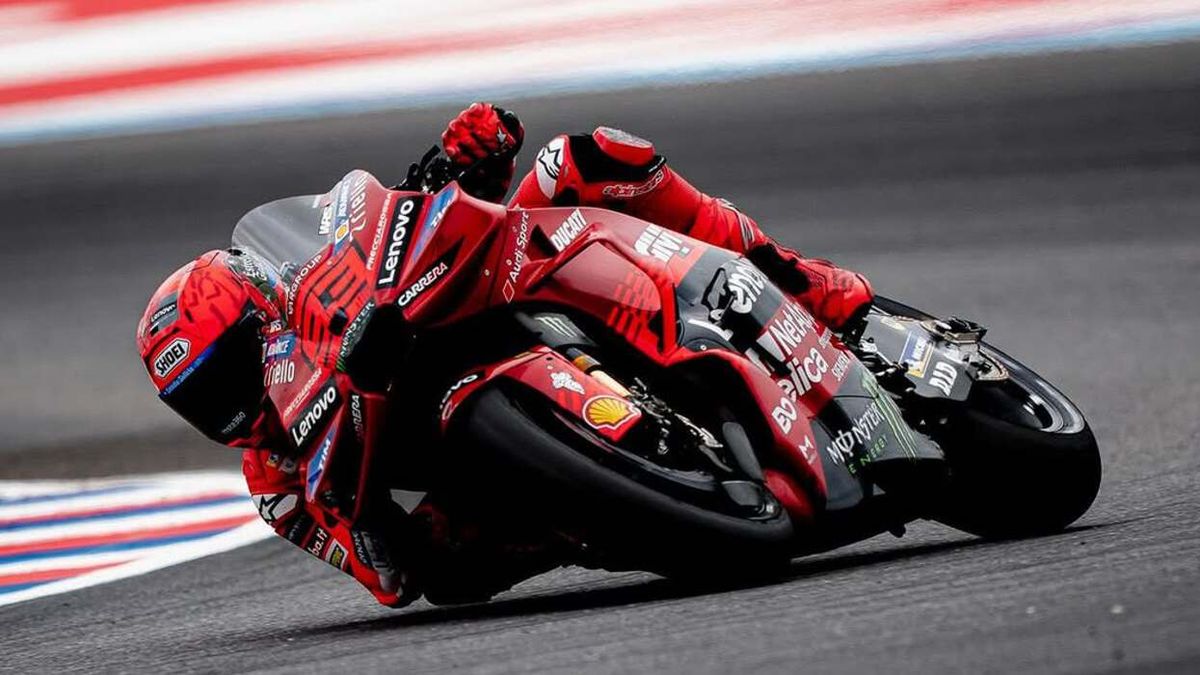 Saksikan Aksi Moto Gp Inggris 2025 Jadwal Tayang Pekan Ini
May 26, 2025
Saksikan Aksi Moto Gp Inggris 2025 Jadwal Tayang Pekan Ini
May 26, 2025 -
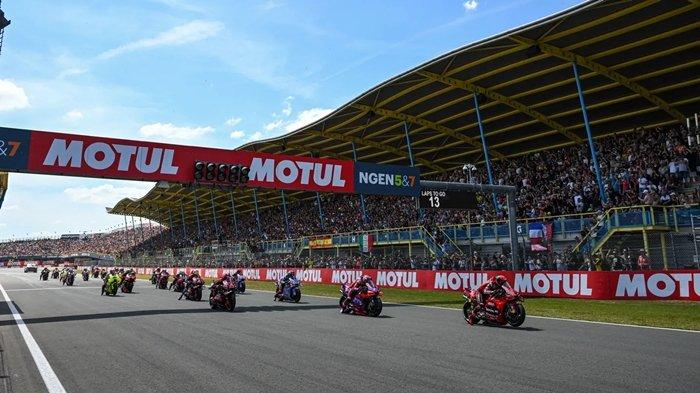 Moto Gp Inggris 2025 Jadwal Terbaru Dan Informasi Balapan
May 26, 2025
Moto Gp Inggris 2025 Jadwal Terbaru Dan Informasi Balapan
May 26, 2025 -
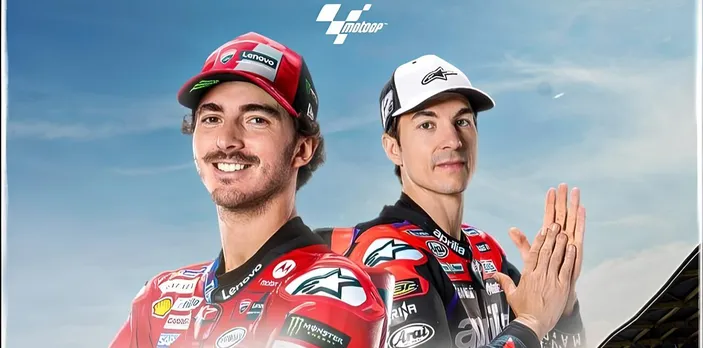 Jadwal Lengkap Moto Gp Inggris 2025 Kapan Dan Dimana Balapan
May 26, 2025
Jadwal Lengkap Moto Gp Inggris 2025 Kapan Dan Dimana Balapan
May 26, 2025
